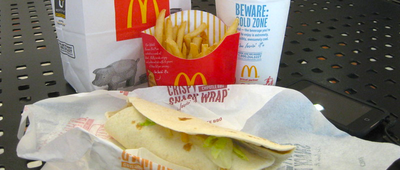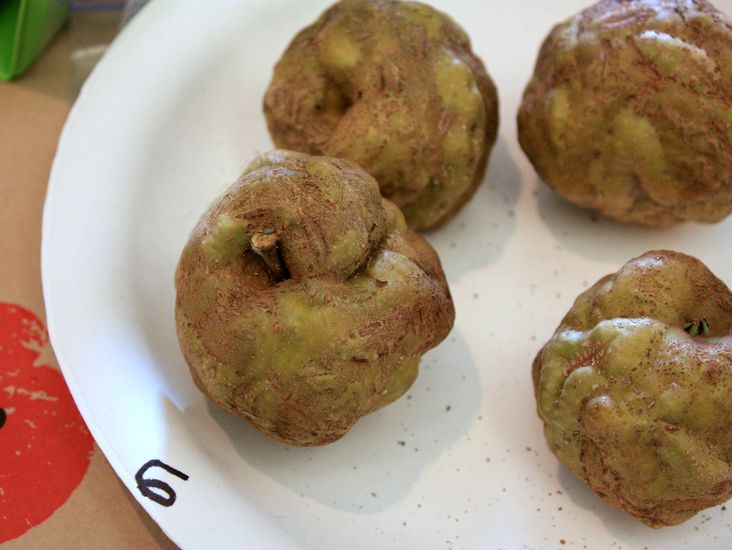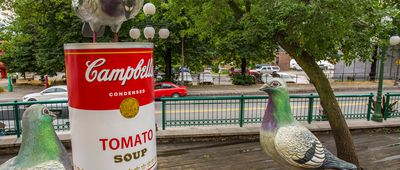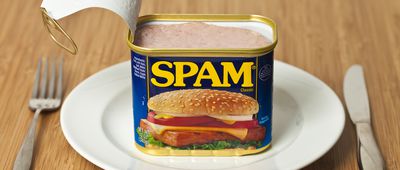How 'Bout Them Apples?
When it comes to fruits, few have as juicy a history as apples. They've been deeply symbolic throughout history, inspired works of art and literature, and been demonized for their usefulness in making cider — a small thing when you consider they've also been blamed, perhaps erroneously, for causing Original Sin.
They're also (frequently, but not always!) delicious, and humans have been enjoying them — alone and in countless recipes — for thousands of years. As the apple harvest ramps up this fall, here are some little known facts about the fruit that may shock and surprise you.
Related: 25 Creative Caramel Apple Recipes





























